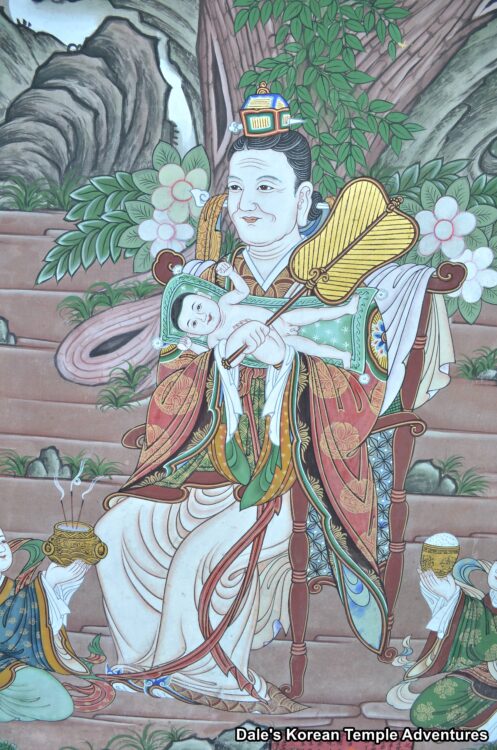In the Beginning…Korean Shamanism and the Introduction of Buddhism
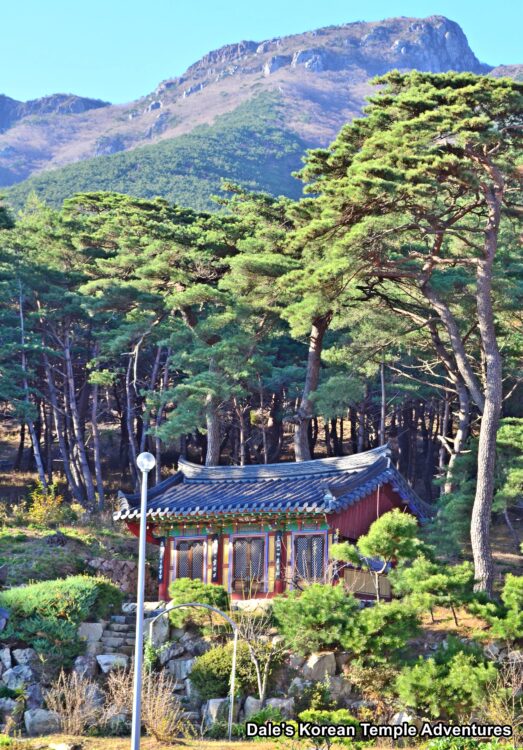
Predating any and all forms of Buddhism in Korea was that of Korean shamanism. In fact, shamanism in Korea dates back to around 1,000 B.C. And ever since then, shamanism has been a part of Korean culture. Korean shamanism believed, and still believes, that human problems can be solved through an interaction between humans and spirits. These spirits are said to have power to change a person’s fortune, either good or bad. There is a rather large, and unorganized, pantheon of shaman spirits like the prominent Sanshin (Mountain Spirit) and Samshin Halmoni.
During the Three Kingdoms Period of Korea, and before Buddhism entered the Korean peninsula, the indigenous religion of shamanism was dominant. Initially, both religious and political power was indivisible; however, as time passed, these two public spheres diverged, as political power became more concentrated and shaman beliefs became more sophisticated. Religious leaders at this time no longer simply performed “magic” to gain the spirit’s favour; but instead, they became a master of rituals and ceremonies who asked the spirits for favours. As a result, political leaders no longer needed to perform these religious duties like religious festivals and burial rites. Specifically, Korean shamanism held the belief that all of nature, including humans, possessed a soul/spirit. Such objects as mountains, rivers, and trees possessed a spirit, as well. And certain objects, over others, were given divine status. Accordingly, not all spirits were thought to be good. While there were good spirits like the sun that were thought to bring good luck, there were also evil spirits that dwelt in darkness and brought bad luck. So it was necessary for shamans to act as intermediaries in this religious struggle. Ceremonies in the form of dance or chants were performed to help gain favour with the good spirits.
It was this indigenous shaman religion that Buddhism first encountered when it arrived on the Korean peninsula during the 4th century. One way Buddhism attempted to ingratiate itself to the indigenous shaman beliefs and practices was done through the acceptance of shaman deities and their shrine halls like a Sanshin-gak (Mountain Spirit Hall) onto the temple grounds. So instead of conflicting with the first form of Korean belief, Buddhism adapted and readjusted so as to become more inclusive and accommodating. And so it was by initially blending Korean shamanic belief with that of Chinese Buddhism that Korean Buddhism was first formed. However, Korean Buddhism isn’t this simple. It has many more characteristics and facets that make it distinctly Korean, which we will come to learn.
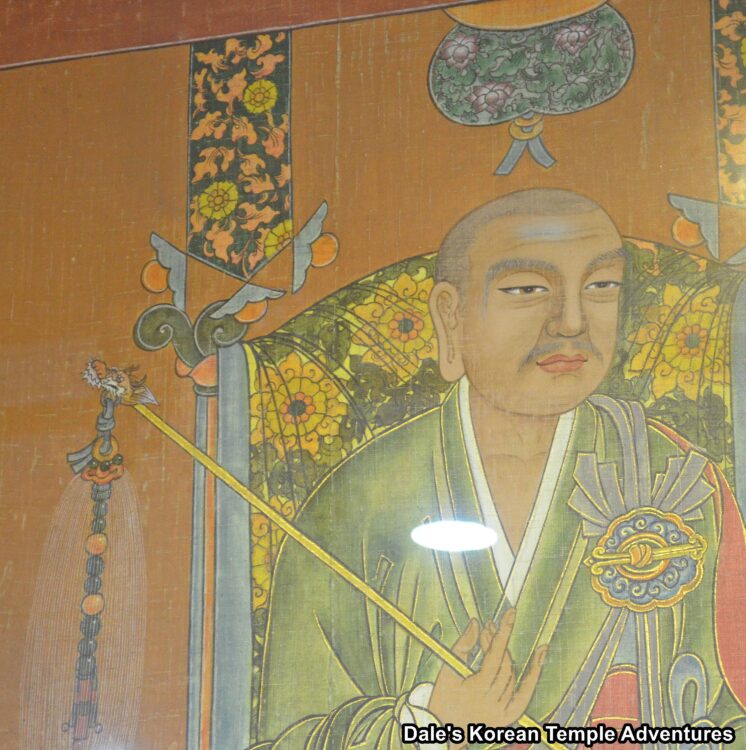
Buddhism was first introduced on the Korean peninsula in 372 A.D. in the Goguryeo Kingdom (37 B.C. – 668 A.D.), when the Chinese king, King Fu Jian (r. 357-385 A.D.), sent a monk named Shun-dae to the northern Korean kingdom. Shun-dae presented a number of Buddhist statues and texts to the Goguryeo king, King Sosurim (r. 371-384). As a thank you, King Sosurim sent an envoy, with gifts, to China. This was the first interaction Korea would have with Buddhism, but it certainly wouldn’t be the last. Two years after this initial encounter, the Chinese monk Ado of Qin traveled to the Goguryeo Kingdom. And not so coincidentally, the first two temples on the Korean peninsula, Seongmunsa Temple and Ibullamsa Temple, were built in 376 A.D. The reason that Buddhism was so easily accepted into the Goguryeo Kingdom was that they had a close relationship with the powerful Qin Chinese. And not wanting to upset their more powerful western neighbour, and ally, the Goguryeo Kingdom accepted Buddhism. As a result, the initial introduction and acceptance of Buddhism in Korea was done to smooth over any potential political tension.
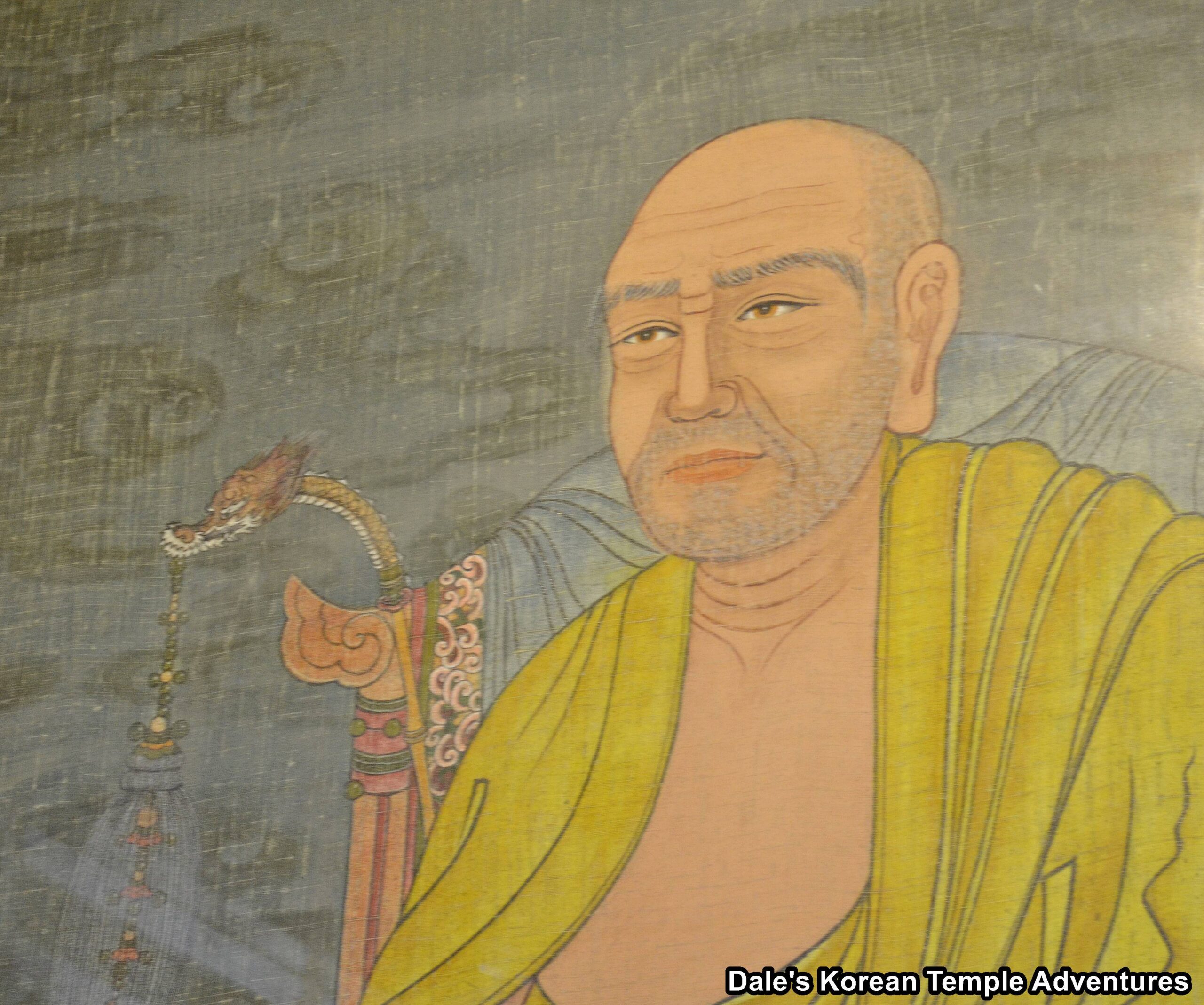
Twelve years later, in 384 A.D., and in a similar fashion to their northern neighbour of Goguryeo, Buddhism was introduced to the Baekje Kingdom (18 B.C. – 660 A.D). During the first year of King Chimnyu’s reign in 384 A.D., an Indian monk by the name of Marananta came from Eastern Jin to introduce Buddhism to the Baekje Kingdom. Buddhism was mainly transmitted to Korea from China, and the Baekje Kingdom was certainly no exception.
However, while the Goguryeo and Baekje Kingdoms received Buddhism with little resistance, in the Silla Kingdom (57 B.C. – 935 A.D.), it met with considerable opposition. The reason for such opposition was that the Silla Kingdom lacked a strong monarchy. It wasn’t until King Beopheung’s reign from 514-540, that Silla finally had a strong enough centralized ruler to allow Buddhism into the Silla Kingdom. Before King Beopheung’s reign, Silla was ruled by the six village chiefs of Silla. Buddhism was well received by the royal Silla court in the early 6th century, but even King Beopheung couldn’t overcome the aristocratic opposition to Buddhism until much later in his reign. It wasn’t until 535 A.D., over one hundred and fifty years after it had been introduced and accepted in the Goguryeo Kingdom that it was finally accepted in the Silla Kingdom, as well.
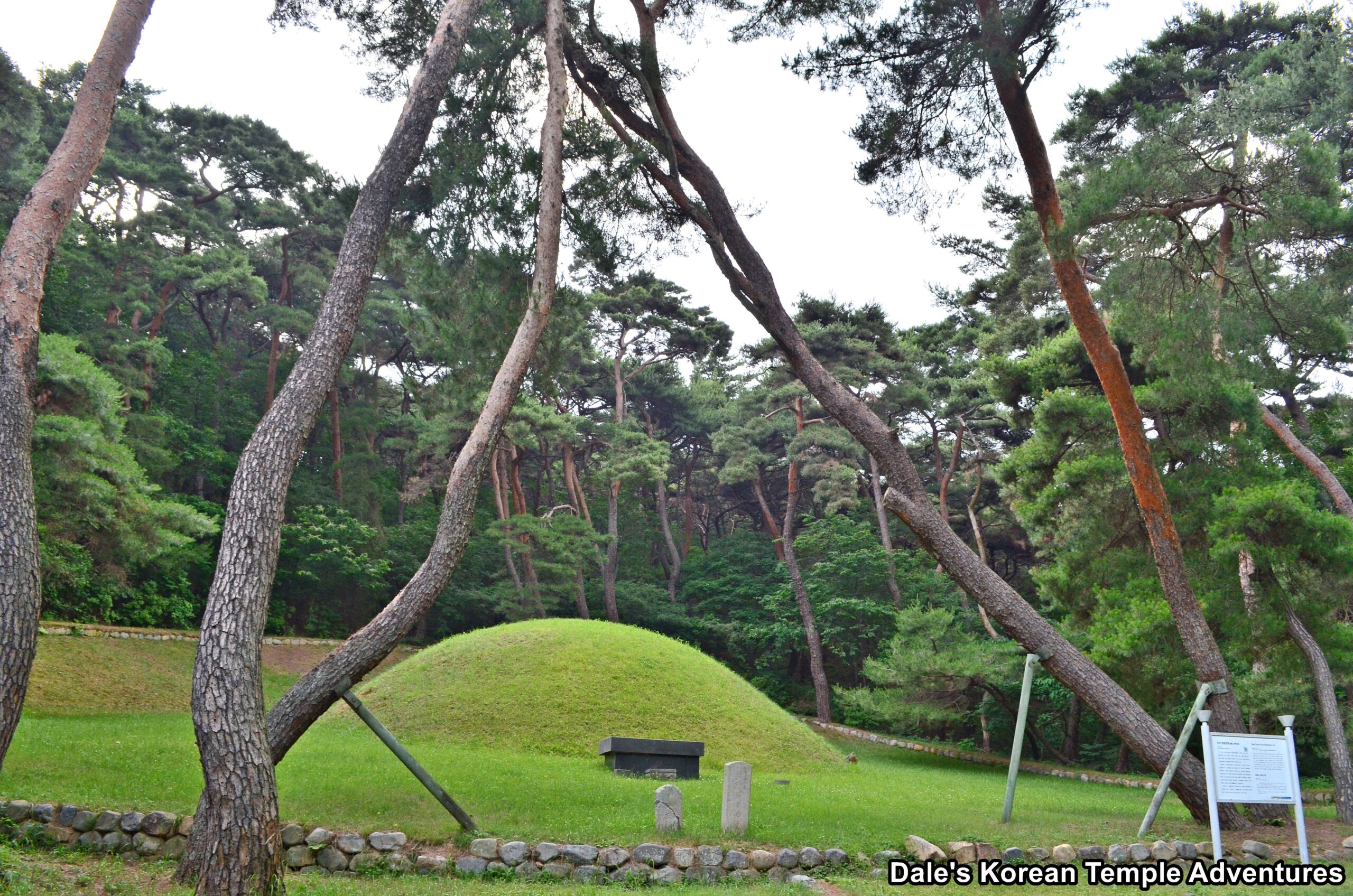
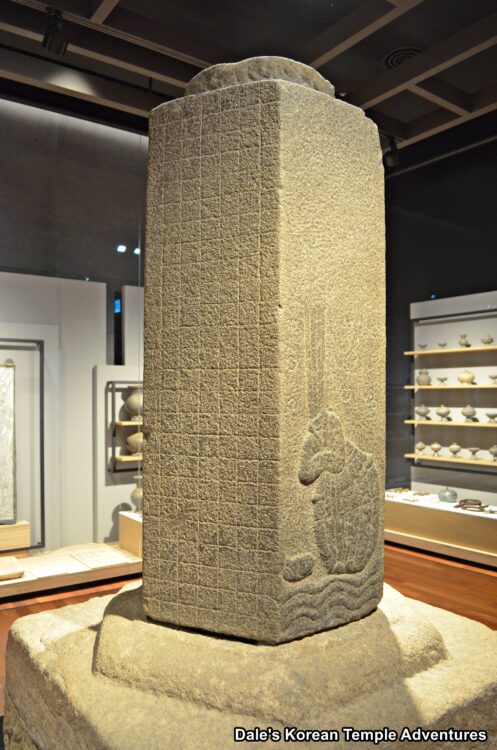
With this introduction of Buddhism, over a one hundred and fifty year period, Korean Buddhism would become the most dominant religion on the Korean peninsula for the next eight hundred and fifty years. It was under the initiative of the royal family in all three kingdoms that Buddhism was accepted throughout the Korean peninsula. It was viewed as a state protector, as it was also well-suited to support the new governing systems that were centred around an authoritative throne in all three kingdoms. As a result, this introduction of Buddhism throughout the Korean peninsula spread far and wide and had a major impact on all three of the Three Kingdoms, which we will come to see with more in depth posts on the history of Korean Buddhism.
